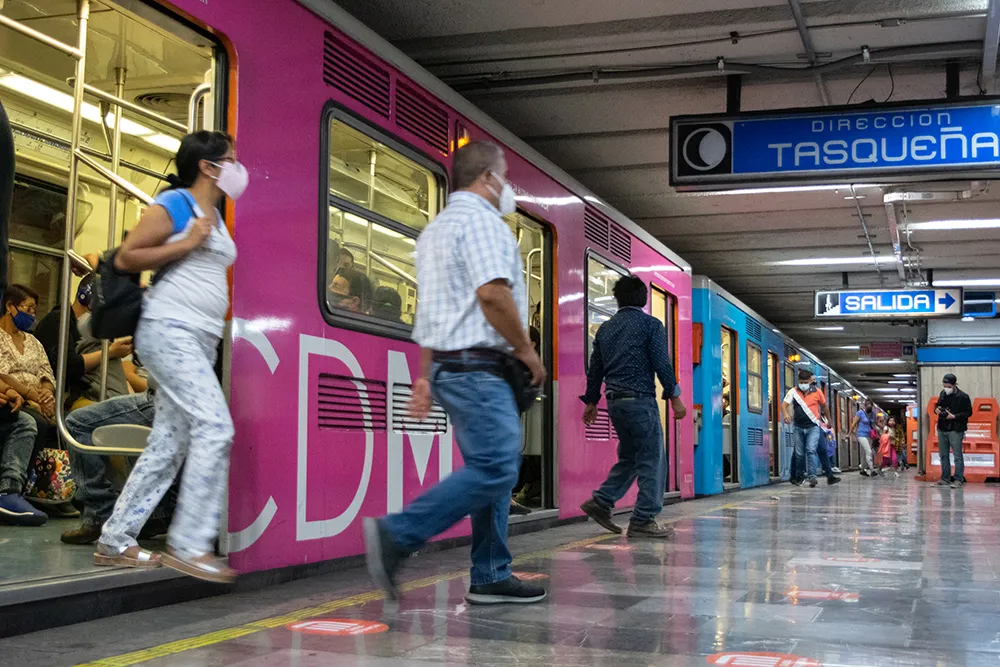Brazil's national ground transport agency ANTT has launched a four-lot tender budgeted at US$2.55 billion to operate an interstate bus system in and around the nation's capital for 15 years.
The public-private partnership involves interconnecting eleven municipalities in the mid-western state of Goiás to several of the federal district's administrative regions. The entire network is comprised of 551 bus lines in 33 sectors that transport some 90 million passengers per year, ANTT says.
The tender stip
April 10, 2014
Read time: 1 min
Brazil's national ground transport agency ANTT has launched a four-lot tender budgeted at US$2.55 billion to operate an interstate bus system in and around the nation's capital for 15 years.
The public-private partnership involves interconnecting eleven municipalities in the mid-western state of Goiás to several of the federal district's administrative regions. The entire network is comprised of 551 bus lines in 33 sectors that transport some 90 million passengers per year, ANTT says.
The tender stipulates a minimum amount of trips per line and requires bus fleets to have an average age of five years, with vehicles being no more than ten years old.
With winners to be selected based on the lowest bus fare, proposals must be submitted by 20 May and bidding is scheduled to take place at the São Paulo stock exchange on 19 August.
The public-private partnership involves interconnecting eleven municipalities in the mid-western state of Goiás to several of the federal district's administrative regions. The entire network is comprised of 551 bus lines in 33 sectors that transport some 90 million passengers per year, ANTT says.
The tender stipulates a minimum amount of trips per line and requires bus fleets to have an average age of five years, with vehicles being no more than ten years old.
With winners to be selected based on the lowest bus fare, proposals must be submitted by 20 May and bidding is scheduled to take place at the São Paulo stock exchange on 19 August.










